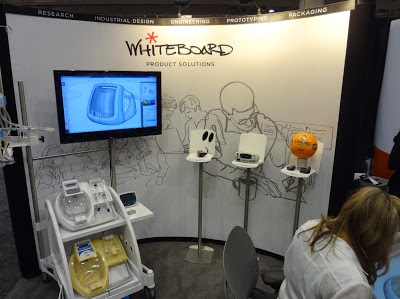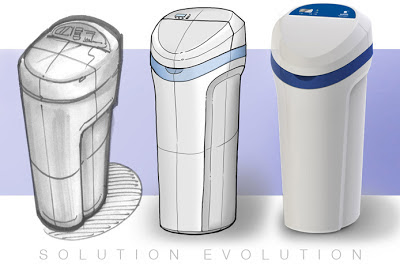Our Approach: Form Follows Reality™
You have heard the phrase “form follows function.” It was coined by architect Louis Sullivan in 1896 to emphasize how a building’s design should always reflect its intended purpose. It has since been adapted by product designers to guide product development. We at WhiteBoard Product Solutions believe that function is only one of the essential requirements for a truly successful product design. Our mantra is Form Follows Reality™.
Form Follows Reality is rooted in the original appreciation for function, often one of the most important realities, but it also understands that there are other factors that determine the success of a product. Every project has multiple requirements, constraints and needs that must be defined to enable a product to succeed in the marketplace. These are the realities that inform the decisions that drive the design process.
Form Follows Reality recognizes that function, aesthetics, cost of goods, timeline, R&D budget, tooling investment, manufacturing capabilities, distribution channels, merchandisability, and a product’s competitive environment are sometimes competing realities that need to be identified and weighed against each other to drive a project to achieve success.
How does WhiteBoard do this? We collaborate with
our clients to identify and rank each project’s most important realities. We listen. We question. We challenge. We ideate. We define.
Once a project begins, we use those ranked realities to drive the decision-making process. And we make sure that every member of the team understands how those realities fit into the end result. That means marketers, engineers, manufacturers, and designers are all working toward the same goal from the very start of a project.
Say we are designing a retail product that our client wants to sell in large quantities. Along with a variety of other factors, we will determine at the start of the design process how many units will fit on a 12-inch shelf. If reducing the size of a product or its packaging by just a fraction of an inch can make the difference between five or six products being displayed, our entire team works together to determine the most successful solution.
If this collaborative approach sounds like common sense, it is. But it’s also too frequently missing in product design, where departments often operate as separate fiefdoms and lack of communication between each department can lead to late-stage changes that escalate costs and delay schedules.
By following Form Follows Reality, iconic product designs can be created that not only meet or exceed our client’s needs and expectations, but succeed in the marketplace and quickly become industry standards.
WhiteBoard












